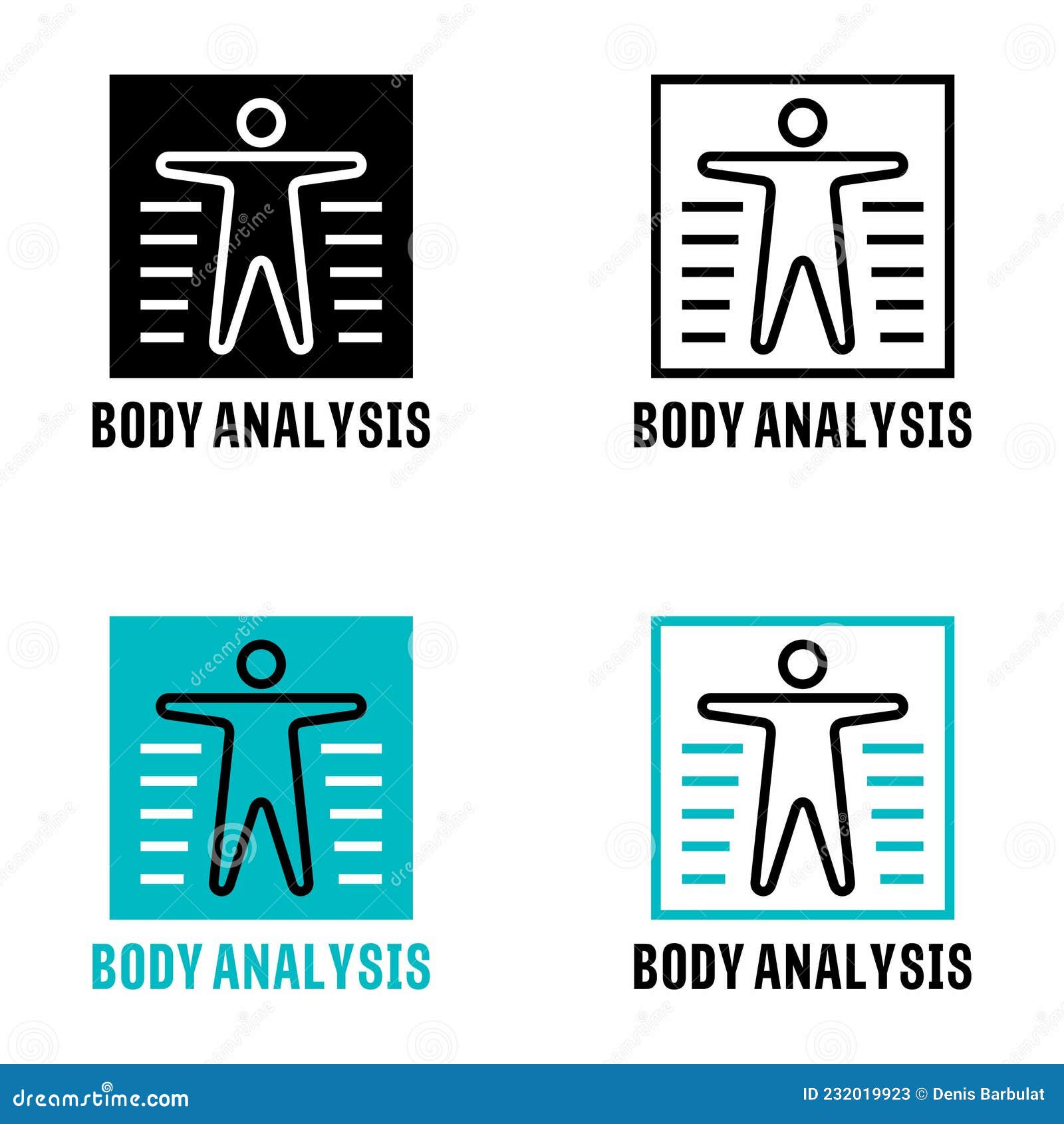If you’re wondering how body analysis can help you understand people better, you’re in the right place.
Whether you’re just starting to learn or already familiar with behavioral analysis, this complete guide will give you valuable insights.
Let’s dive into the science of body analysis, starting with its core benefits.
Why Study Body Analysis
One of the main reasons to study body analysis is to understand people beyond words. By learning to observe facial expressions, you start decoding intentions that others may not express verbally.
Coaches apply character analysis to identify fears or resistance.
This skill reduces misunderstandings and helps build trust, because you’re responding not just to words but also to what the body communicates.

Methods of Behavioral Body Analysis
Some practitioners focus on posture, reading how the body carries itself to uncover emotional states or stress responses.
The “body explains” model, made popular by modern coaches, connects physical structure with specific personality archetypes.
Learning diverse approaches also helps you avoid bias by relying on multiple signals instead of a single interpretation.

Body Analysis in Practice
These small signals may indicate lack of trust, offering clues beyond their spoken words.
Coaches rely on physical cues to adjust their approach, noticing when a client feels blocked or energized.
This skill deepens empathy because it encourages listening beyond words.
Common Myths About Body Analysis
For example, crossed arms might signal defensiveness, but could also mean someone is simply cold or tired.
People are shaped by culture, upbringing, and experiences that go beyond physical form.
Parents use body analysis to understand children’s unspoken feelings. Teachers notice students’ posture shifts to catch disengagement.
How the “Body Explains” Model Works
According to this model, body posture may point to long-held emotions.
For example, broad shoulders might symbolize repressed anger.
By learning how the body holds stories, individuals gain insight into their behavior and relationships.
Ethical Considerations in Body Analysis
Practicing behavioral body reading ethically means respecting privacy and avoiding misinterpretation. Observing someone’s body language or traits doesn’t give license to diagnose them without consent or dialogue.
Another ethical guideline is to contextualize observations. A behavior or posture in one culture may mean something very different elsewhere.
When sharing insights from body analysis, it’s crucial to invite dialogue rather than declare facts.
Developing Body Reading Skills
Over time, you’ll sharpen your ability to detect subtle cues and contextual signals.
It’s important to stay humble, knowing that no single signal tells the whole story. Observing clusters of signals gives a more accurate reading.
The goal isn’t to “catch” people hiding things but to understand human behavior more deeply.

Final Thoughts on Body Analysis
Whether you’re a coach, learning to read the body opens new dimensions of communication.
We’ve explored approaches of behavioral body reading, from traditional physiognomy.
Let the process inspire curiosity, empathy, and openness as you unlock the silent language of the human body.
Frequently Asked Questions About Behavioral Body Analysis
What is body analysis?
Body analysis is the practice of observing physical traits, posture, gestures, and movements to gain insights into personality, emotions, and behavioral patterns.
Is body analysis difficult to learn?
While it takes patience and observation skills, you don’t need professional certification to start applying it in daily life.
Is body analysis 100% accurate?
No single gesture or trait offers complete truth; ethical practice involves humility and openness to complexity.
Is body analysis useful for work?
Yes, body analysis has applications in coaching, therapy, HR, leadership, and sales.
How is body analysis different from reading body language?
Body analysis often includes interpreting physical structure, traits, and muscular development, while body language reading focuses more on gestures and movements.
leitura corporal masculina